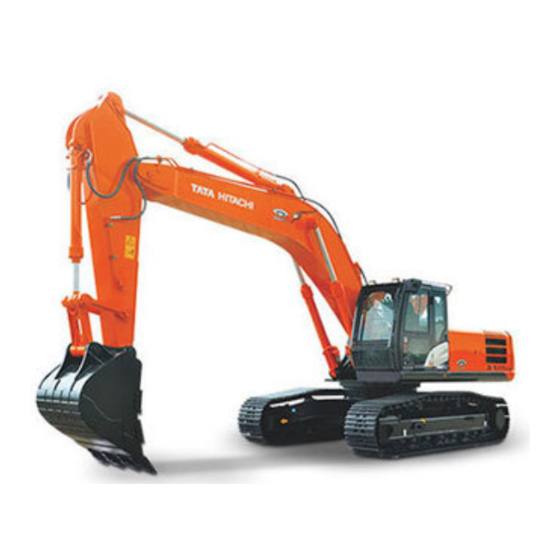
Hitachi Zaxis 330 Workshop Manual
Hide thumbs
Also See for Zaxis 330:
- Technical manual (226 pages) ,
- Workshop manual (6 pages) ,
- Technical manual (6 pages)
Table of Contents
Advertisement
Workshop Manual
Service Manual (Manual No. KM-1HH-E) consists of the following three separate volumes;
Technical Manual (Operational Principle)
Technical Manual (Troubleshooting)
Workshop Manual
330 • 330LC
350H • 350LCH
370MTH
Excavator
Manual No. : KM-1HH-E
Vol. No.
: Vol. No. TO1HH-E
: Vol. No. TT1HH-E
: Vol. No. W1HH-E
: W1HH-E-01
Advertisement
Table of Contents













Need help?
Do you have a question about the Zaxis 330 and is the answer not in the manual?
Questions and answers